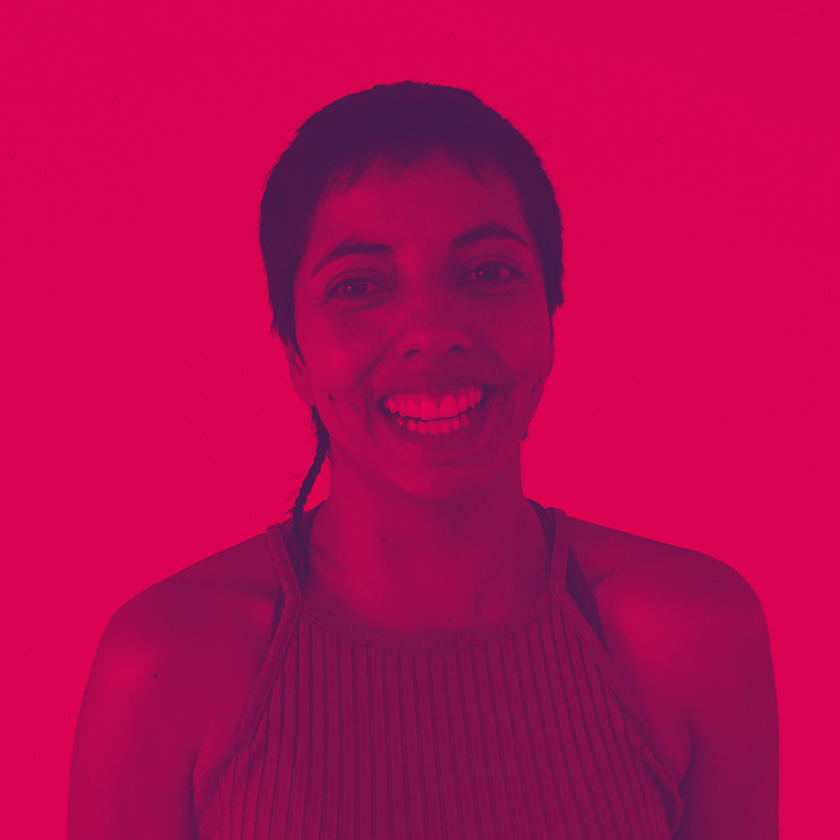Designing for better choices
talk – 15 min | Feb 7 – 14:35
A very important task for designers nowadays, is to guide people to be more aware of the role they play on shaping our future through the use of technology. How can designers take more responsibility in creating tools that help us make better choices, as individuals and at a larger scale? Design influences our choices in many aspects of our lives and at many levels, from selecting what we’ll have for lunch, to deciding if we will spend a holiday riding our bikes around the country or at a luxury cruise with all its terrible environmental impact. We need to think deeper to understand the implications of designing services that direct people to make certain actions: What kind of societies are we shaping, for example, by enabling people to share information without questioning its source?
What is the role of designers in good decision making?
The science behind decision making is speeding up with advances in neuroscience and genetics, but there is still a lot to learn to fully understand what free will is and how much control, if any, do we have as individuals in the choices we make.
We do know already that choice making is a complex process that doesn’t happen in a fully conscious level. We have hardwired mechanisms but parts of our brains are also plastic, and we also know that there is not one localised place in the brain for this process, but different inputs trigger different areas of the brain, and many connections are involved. Emotions, for instance, can influence our actions without us being aware of it. The amygdalae, those little almond-shaped structures in our brains involved with emotional memories, have been identified by neuroscientists as having an important role in decision making.
Designers know a lot about influencing decisions, we are taught to communicate information in a way that we can predict reactions. Our role as interaction designers is usually to drive people to make certain choices that are beneficial to business purposes, but we actually have a bigger responsibility when it comes to the people we design for, to help them make good conscious choices.
Designing Daybreak, a health program for people to change their relationship with alcohol, has helped me highlight the need for understanding more about how we make choices, how the debate around free will impacts popular beliefs and how this affects us morally. When it comes to behaviour change, it helps to understand how unconscious and conscious levels define our actions.
Good conscious choices rely on the combination of a rich baggage of information and an adequate environment. Most of this might not be in the hands of the designer, but clear human-centered goals and a design process that values research, testing, and transparency will help to make our part right. On top of that, it’s important that we design for free will: empowering people to make responsible, slower but more conscious choices, backed up with evidence based data. Maybe it’s time to switch from a “Don’t make me think” strategy into helping our users “think slow”, understanding the variables and consequences of their choices.
About the speaker

Brenda Castro Pelayo
Brenda is currently working as Product Design Lead in a non-for-profit organisation in Australia, Hello Sunday Morning. Hello Sunday Morning uses technology to help people who want to change their relationship with alcohol and improve their lives, physically and mentally.
Before joining this charity in 2016, Brenda worked for over 10 years as Interaction, User interface, and User Experience Designer in the enterprise world (Nokia, Suunto, and Atlassian). And before that she worked designing for education. Her design carrier started with a pilot team at the National University of Mexico, and in collaboration with other universities from Canada and Latin America, with the purpose of improving high-level and continuous learning. Brenda loves working with small and positive agile teams, and her biggest inspiration is improving lives and protecting the environment.
























